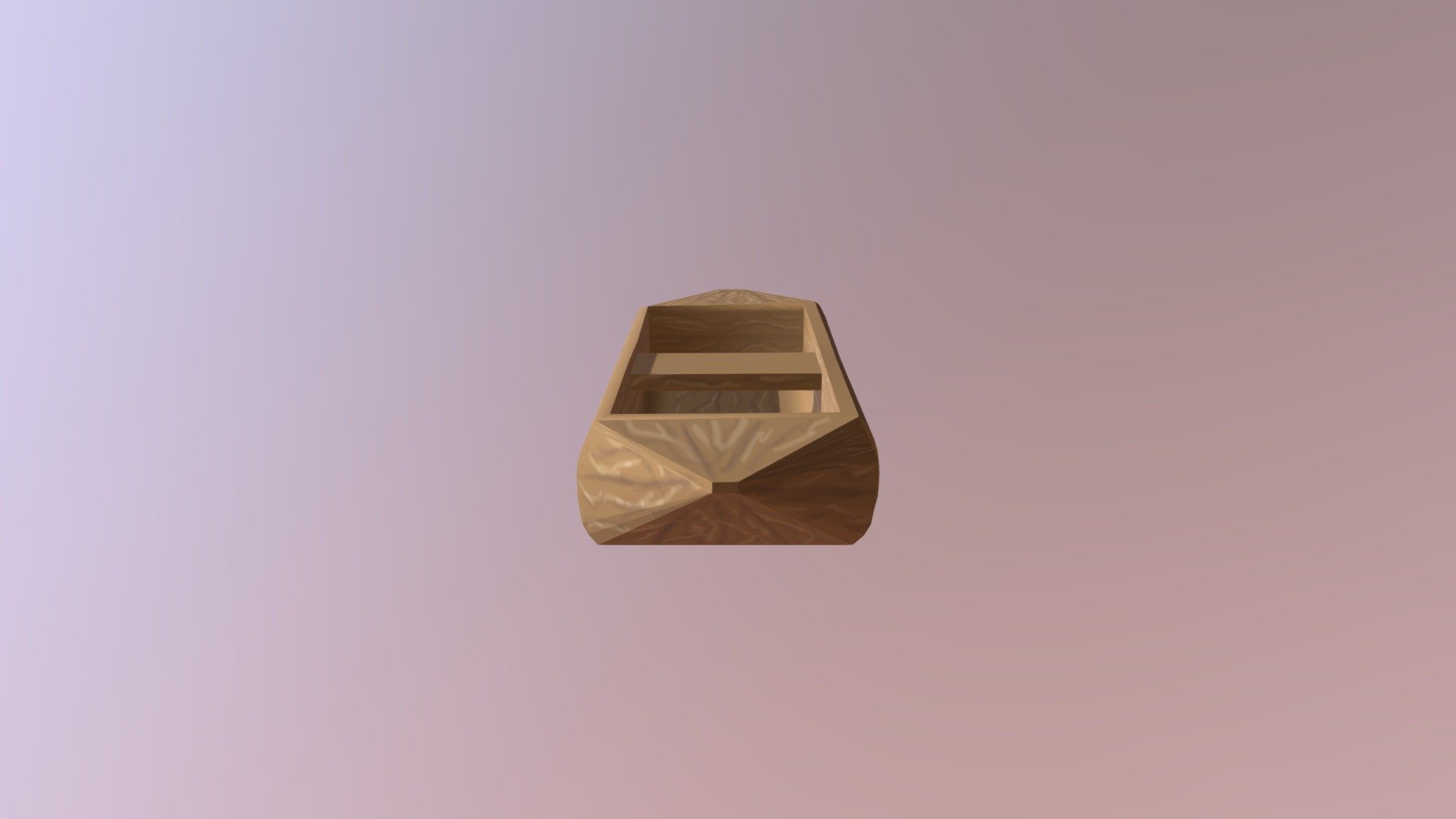
Paddle Boat
sketchfab
The human body is a complex and highly adaptable system that has been shaped by millions of years of evolution. It is composed of many different systems, each working together to maintain homeostasis and ensure the survival of the individual. At its core, the human body is made up of billions of cells, which are the basic building blocks of life. These cells work together to form tissues, organs, and organ systems that carry out a wide range of functions necessary for survival. The nervous system plays a key role in controlling the body's responses to stimuli. It consists of two main parts: the central nervous system (CNS) and the peripheral nervous system (PNS). The CNS includes the brain and spinal cord, which work together to interpret sensory information, control movement, and regulate various bodily functions. The skeletal system provides support and protection for the body's internal organs. It is made up of 206 bones that are connected by joints, allowing for a wide range of motion. The muscles attached to these bones enable movement, while the ligaments and tendons provide additional support. The circulatory system transports oxygen and nutrients to cells throughout the body, while also removing waste products. This system includes the heart, blood vessels, and blood itself. The heart pumps blood through the blood vessels, which branch out into smaller and smaller tubes until they reach the capillaries, where oxygen and nutrients are exchanged for carbon dioxide and other waste products. The digestive system breaks down food into nutrients that can be absorbed by the body. This process begins in the mouth, where teeth chew food and saliva breaks it down into a pulp. The food is then swallowed and passed through the esophagus into the stomach, where gastric juices break it down further. The respiratory system brings oxygen into the body and removes carbon dioxide. It consists of the lungs, trachea, bronchi, and diaphragm. Air enters the body through the nose or mouth, passes through the trachea, and then into the lungs, where oxygen is absorbed into the bloodstream. The endocrine system produces hormones that regulate various bodily functions, such as growth and development, metabolism, and reproductive processes. This system includes several glands, including the pituitary gland, thyroid gland, adrenal glands, pancreas, and gonads. The immune system protects the body from disease by defending against foreign substances and microorganisms. It consists of a network of cells, tissues, and organs that work together to recognize and eliminate threats. In conclusion, the human body is an intricate and highly complex system that relies on the coordination of many different systems to maintain homeostasis and ensure survival. Each system plays a vital role in maintaining the overall health and well-being of the individual.
With this file you will be able to print Paddle Boat with your 3D printer. Click on the button and save the file on your computer to work, edit or customize your design. You can also find more 3D designs for printers on Paddle Boat.
